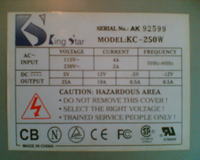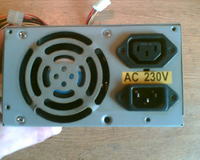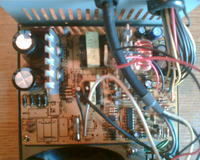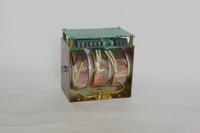Sija wrote: I don`t know if it`s AT or ATX. The power supply was connected to the motherboard with 2 identical (6-pin) cables.
It`s definitely AT. It should also have a power switch or cables going out to it. These two 6-pin connectors were plugged into the motherboard. In addition, there should be 4-pin connectors with +5V and +12V power supply, which I wrote about earlier.
In 6-pin connectors, black is ground, red is +5V, white -5V, yellow +12V, blue -12V (I just checked it on a similar power supply).
Here is a sketch from a certain website.
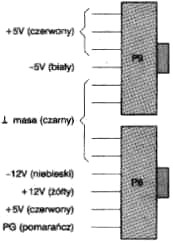
Sija wrote: Would it be possible to somehow modify this power supply to provide 12V AC voltage?
Why complicate your life when you can easily buy a 12V AC transformer?



